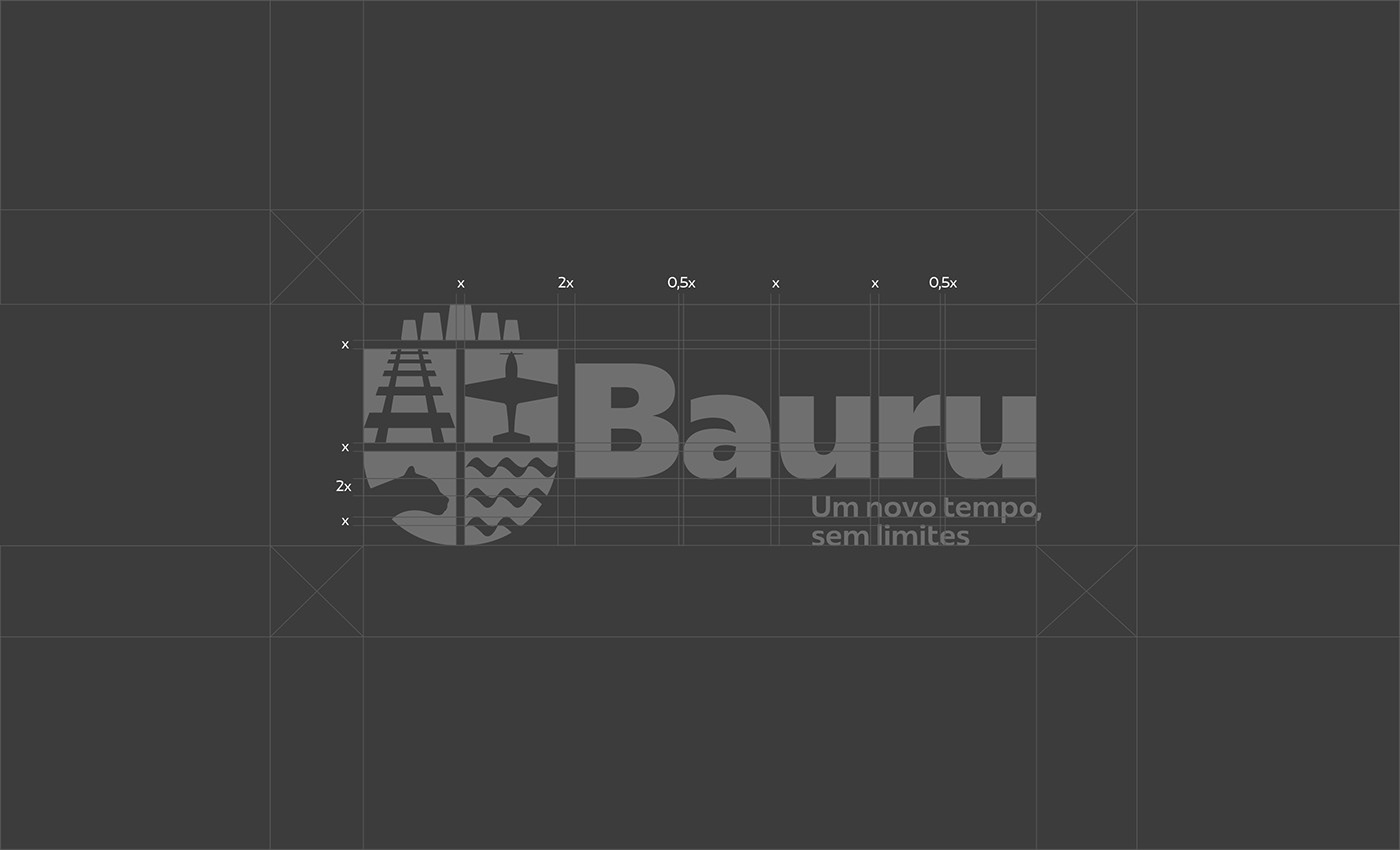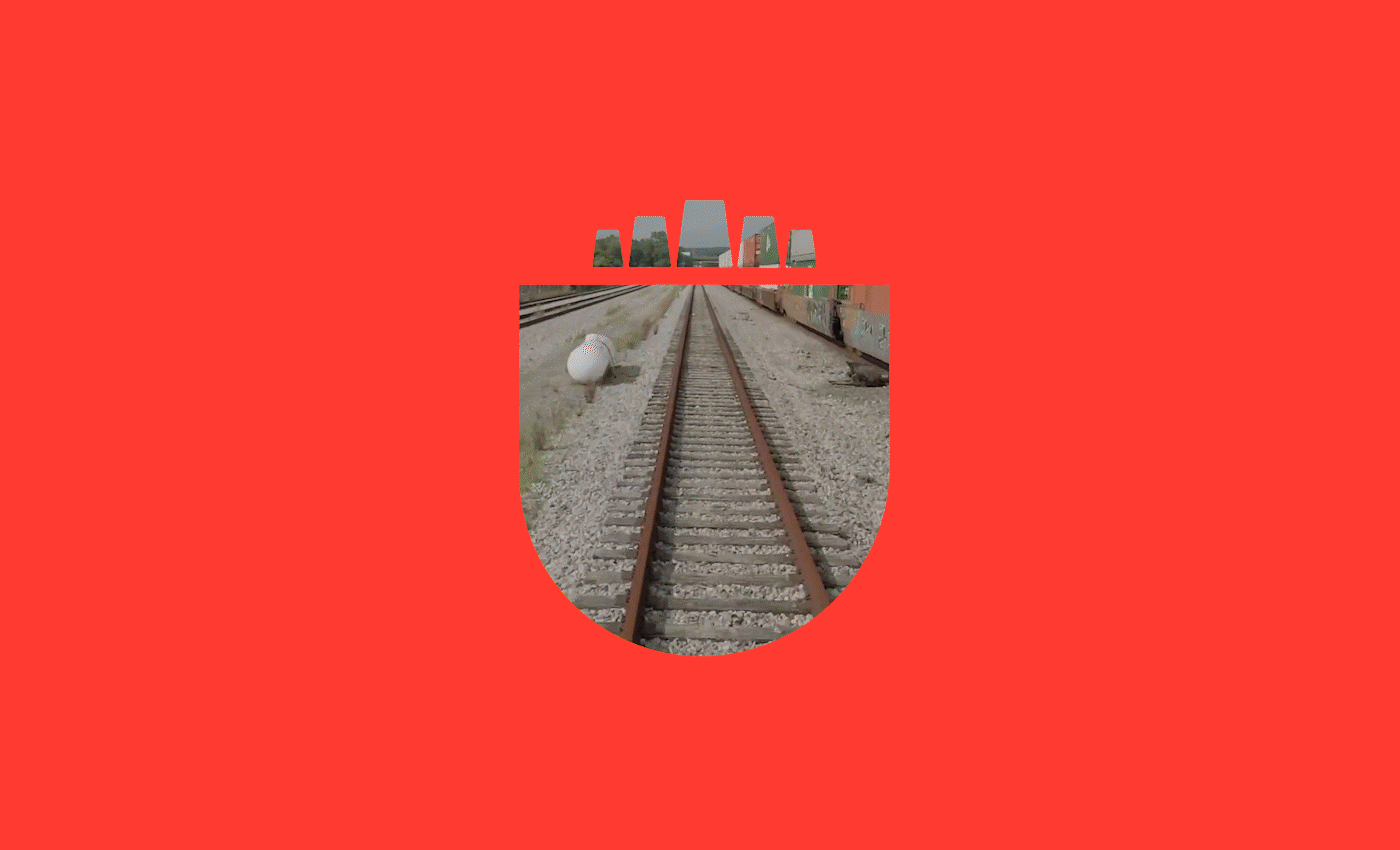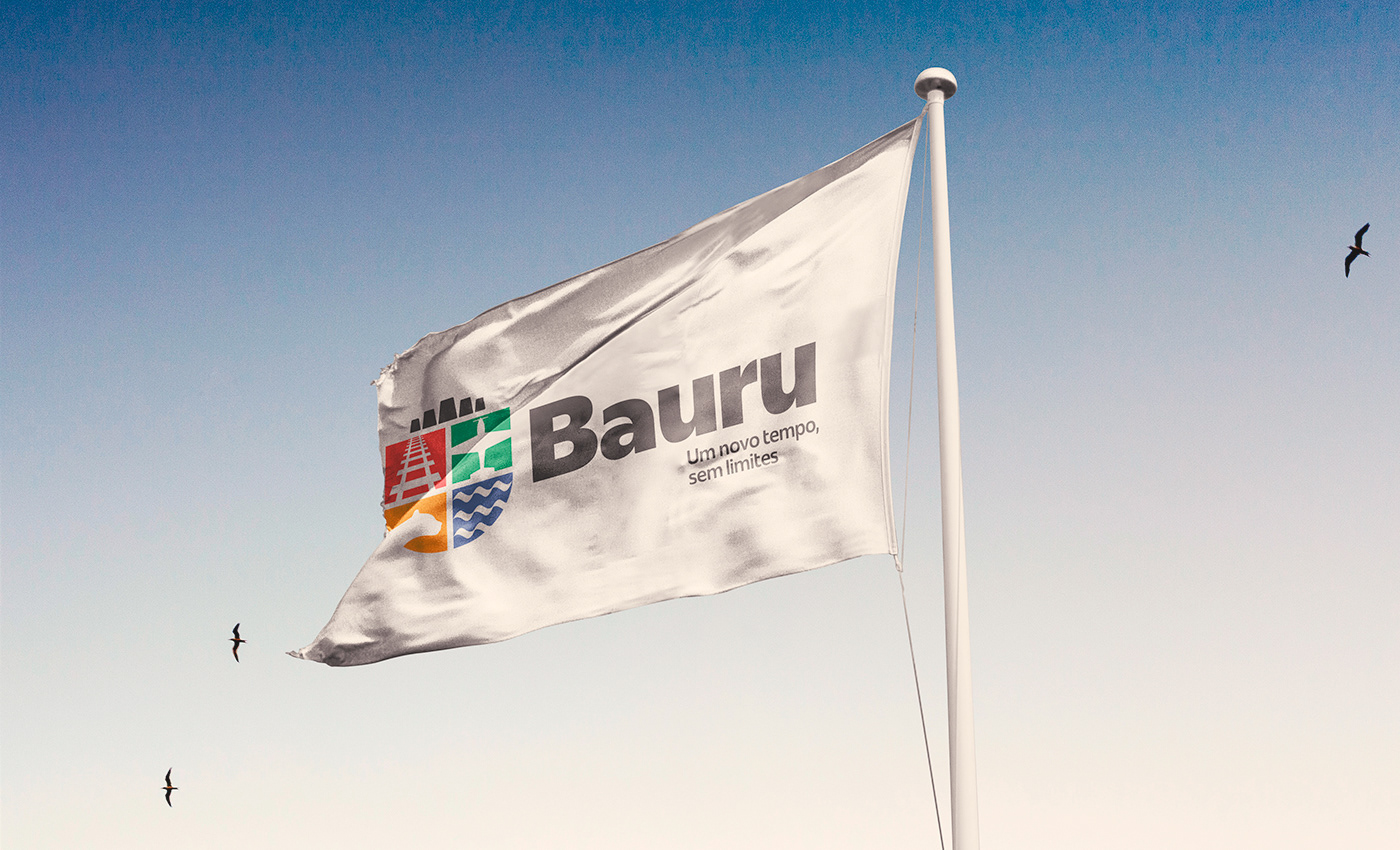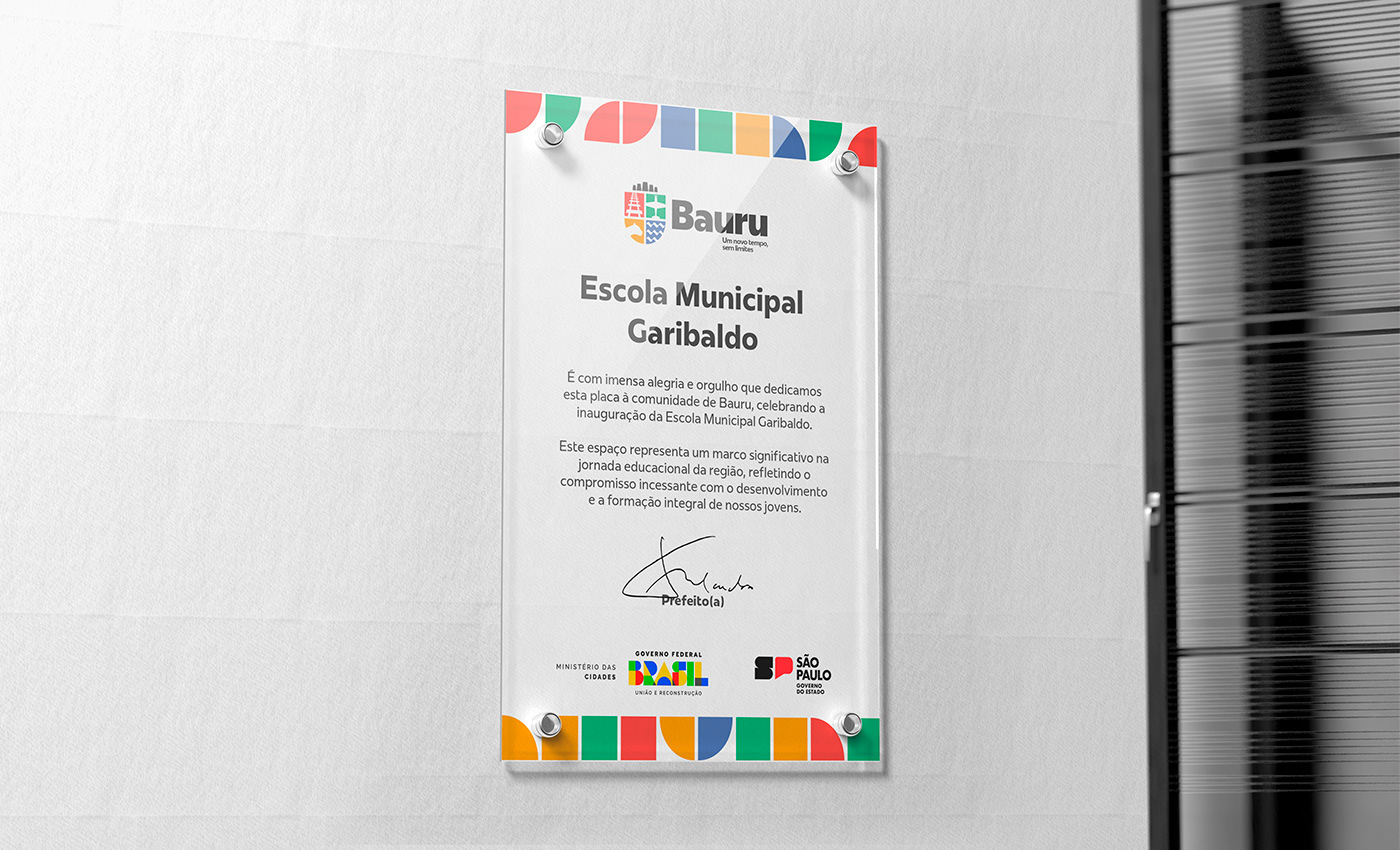
[pt-br] A cidade sem limites
Bauru é o município mais populoso do Centro-Oeste paulista. É uma das 19 cidades que integram a Região Imediata de Bauru que, por sua vez, é uma das quatro regiões imediatas que integram a Região Intermediária de Bauru, que é formada por 48 cidades. Mesmo com 128 anos, e a 326 quilômetros de distância da capital paulista, a cidade já foi centro de acontecimentos históricos, lar de personalidades como: Pelé, Maurício de Souza, o primeiro astronauta brasileiro, entre outros.
A cidade é representada por dois símbolos oficiais, o Brasão de Armas e a Bandeira, sendo o Brasão de Armas o mais antigo, criado em 1929 e oficializado pela Lei Municipal nº 332, com poucas modificações desde então. O brasão, na tradição medieval europeia, é um design concebido para identificar indivíduos, famílias, clãs, corporações, cidades, regiões e nações. A pesquisa desses elementos, juntamente com a exploração do legado da cidade, serviram como base e principal fonte de inspiração para a construção da nova identidade visual, que seja digital, diverso e atual.
Observação importante: o objetivo deste projeto não é criar um novo brasão ou bandeira para a cidade, mas sim desenvolver um sistema visual moderno para a prefeitura, onde o brasão é aplicado.
______
[en] The city without limits
Bauru is the most populous municipality in the São Paulo Midwest. It is one of the 19 cities that are part of the Immediate Region of Bauru, which, in turn, is one of the four immediate regions that make up the Intermediate Region of Bauru, consisting of 48 cities. Despite being 128 years old and 326 kilometers away from the capital of São Paulo, the city has been a center for historical events and the home of personalities such as Pelé, Maurício de Souza, the first Brazilian astronaut, among others.
The city is represented by two official symbols, the Coat of Arms and the Flag, with the Coat of Arms being the oldest, created in 1929 and formalized by Municipal Law No. 332, with few modifications since then. The coat of arms, in the European medieval tradition, is a design conceived to identify individuals, families, clans, corporations, cities, regions, and nations. The research of these elements, along with the exploration of the city's legacy, has served as the basis and main source of inspiration for the construction of the new visual identity, one that is digital, diverse, and contemporary.
Important note: the purpose of this project is not to create a new coat of arms or flag for the city, but rather to develop a modern visual system for the municipality, where the coat of arms is applied.





[pt-br] Elementos
Os elementos que compõem a nova identidade foram pensados para celebrar a rica arquitetura, biodiversidade e a história de desenvolvimento da cidade. São eles:
• Concha acústica do Parque Vitória Régia no topo, representando a arquitetura da cidade.
• Ferrovia em vermelho, saúda a importante história ferroviária de expansão da cidade.
• Avião em verde em homenagem ao Aeroclube e o bauruense Ozires Silva (Ex-presidente da Embraer).
• Onça em amarelo é referência direta à fauna e a suçuarana, espécie onça que havia na região.
• Rio Batalha em azul, deságua no Rio Tietê, é responsável pelo abastecimento da cidade.
___
[en] Elements
The elements that constitute the new identity were thoughtfully designed to celebrate the city's rich architecture, biodiversity, and developmental history. They include:
• Acoustic shell of Parque Vitória Régia at the top, symbolizing the city's architectural legacy.
• Red railway, paying homage to the significant railroad history that contributed to the city's expansion.
• Green airplane in tribute to the Aeroclube and Bauru native Ozires Silva (former president of Embraer).
• Yellow jaguar, a direct reference to the local fauna and the cougar species that once inhabited the region.
• Blue Batalha River, which flows into the Tietê River and plays a vital role in the city's water supply.






























